Written by: Barbara Wismer
So let’s start with Claire’s wartime service during World War II. A little bit of nursing history can show you how extremely clever and wonderful Diana’s choice to make her a nurse, and an aspiring herbalist, really was.
Of course in ancient times nursing was performed mainly by tribal Medicine Men or Shamans, or “Wise Women”. Care-giving being primarily a woman’s work, girls learned traditional uses of herbs and healing methods from their mothers and grandmothers. There was certainly little formalized training. And in the medieval period caring for the sick and poor was traditionally handled by members of religious communities. It was actually during the Protestant Reformation, when the abbeys and monasteries were disbanded, that caring for the sick became the purview of people unable to find any other work, and nursing fell into disrepute.
And although wars occurred constantly (much like today), most nursing care occurred at home. Soldiers on the battlefield, if cared for at all after the battle, would be cared for by their comrades, perhaps the wives of other soldiers, and camp followers.
You are likely familiar with Florence Nightingale, known as the “Lady with a Lamp” during the Crimean War in 1854. Today, she is considered the founder of modern nursing, as she dedicated her life to formalizing hygienic procedures and training professional nurses. She was from an affluent British family, and was in fact forbidden to pursue nursing as it was considered quite the menial job. Ignoring her parent’s wishes, she was so dedicated that she refused to marry because she knew that marriage would effectively chain her to hearth and home, and her dreams would never be realized. She felt a real calling to nursing, and was so instrumental in improving sanitary conditions in hospitals that she significantly lowered death rates.
During the Crimean War, British soldiers were being left to die in horrible conditions. But by then she had such a reputation that the British Secretary of War asked her to recruit and organize a group of nurses to go out to the Crimea. Once there, she not only cleaned up the hospitals (patients who were strong enough were asked to help with the cleaning), she organized laundry, library, education and dietary services, as well. The death rate was cut by two-thirds! Further, upon her return to England she wrote reports and books to disseminate the knowledge and experience she had gained. She was even consulted by the Americans during the Civil War. She funded a hospital that also included the Nightingale School for Nurses. She even effectively changed Society’s view of nursing; it had become a profession worthy of respect instead of a last-chance, shameful activity.
At approximately the same time as Nightingale, there was Clara Barton during the American Civil War, in 1865. Another woman who dedicated herself to a cause that few agreed with or understood, she taught school when most teachers were men, and was among the first women to be employed by the Federal government. Dedicated to serving others, during the Civil War she risked her life to bring supplies and assistance to the fighting men. She raised funds, bought medical supplies, and organized supply wagons and mule teams (quite the logistical feats in the chaos of war). She famously directed her drivers to “follow the cannons” and often was ahead of the medical teams in reaching the wounded men right after a battle. Because she also provided personal services (letter-writing, cooking meals, praying with the men) she realized she was privy to a wealth of information about the individual soldiers.
In that non-Internet era, with very few methods of communication other than letter-writing, word of mouth, and personal visits, her information became invaluable for families left behind, and wondering where their son/husband/brother/father was. So she opened the “Office of Correspondence with Friends of the Missing Men of the United States Army” and located over 22,000 missing men. Introduced to the International Committee of the Red Cross while in Europe, she became a fervent campaigner to get the American government to recognize the organization, and once that was accomplished (it only took 8 years!) she became the first President of the American Red Cross.
Between these two women, the Western world was becoming convinced of the importance of a well-trained, well-organized and supplied Nursing Corps. Well, maybe not everyone. Resistance was still encountered everywhere. But small successes led to larger ones.
After the Civil War, nursing went back to being performed almost solely by men. But again, wartime demanded everyone’s contribution and women responded. By 1898, at the time of the Spanish-American war, the Vice President of the Daughters of the American Revolution offered to help the Army evaluate female nursing volunteers. They recruited and certified applicants, acting as an “examining board” for government nurses. The”D.A.R. Hospital Corps” was born. They certified 1,081 nurses during the Spanish-American War, and also funded pensions for those that did not qualify for government pensions.
Later in 1898 that same Vice President of the DAR (Anita Newcomb McGee) became the Acting Assistant Surgeon General of the U.S. Army. As such, she disbanded the D.A.R. Hospital Corps and was instrumental in the creation of the U.S. Army Nurse Corps in 1901. (There’s a story there, eh?)
The U.S. Navy got on board (pun intended) in 1908, forming the American Nurse Corps. The first twenty women were called “The Sacred Twenty” and were the first female members ever to serve in the US Navy.
Meanwhile in Britain during World War I, in addition to the professional nurses, the Voluntary Aid Detachment was formed, consisting of female volunteers providing nursing services. At first the authorities were reluctant to allow VAD members to assist in military hospitals in the front lines. However, the VAD nurses worked tirelessly, and proved themselves capable, and calm in emergencies. As the war raged on, professional nurses became scarce, just as the VAD nurses gained more experience and training. Finally, the authorities relented and the VAD was allowed at the front.
World War I saw the rise of the “hero nurse”, the self-sacrificing, brave, calm, courageous heroine, driving ambulances, caring for the wounded, even reporting for The Times. They still had to fight prejudice, but overcoming that was minor compared to their incredible exploits under fire. Here’s some names if you’re interested in further research: Florence Farmborough, (the nurse/reporter), Dorothie Feilding (ambulance driver), Mairi Chisholm (driving a motorbike to ferry the wounded to field hospitals), and, of course, Edith Cavell (a nurse who was court-martialed and executed by a German firing squad for helping Allied soldiers escape Belgium.)
Of course all of the early nurses (and today’s nurses, too!) were courageous. It’s just that by World War I the great international media machine had begun to gear up.
At any rate, by the time WWII came around, Claire was able to volunteer, secure good nursing training, and serve in what Claire called the Royal Army Nurse Corps.
(Caveat: In the first book, “Outlander”, it’s 1945, just after the end of the war in Europe, and Claire called herself a “Royal Army Nurse”. But when I looked that up, I found that in 1902 the British Army formed “The Queen Alexandra’s Imperial Military Nursing Service“, and yes, they called it ‘QAIMNS’! However, this Corps was only “attached” to the British Army and not part of the Army until 1949, when they became part of the Army and were then re-named “The Queen Alexandra’s Royal Army Nursing Corps.” It’s a small thing, but I am wondering if in 1945 Claire would better have called herself an “Imperial Military Nurse”. Hmmmm, doesn’t have the same ring to it, does it?)
And by the way, if you Google “WWII Royal Army Nurse” you will find not only old black-and-white pictures of World War II-era nurses, but several Starz-Outlander images! How fun is that?
IN CONCLUSION:
And so you see how wise it was of Diana to make Claire both an herbalist (a wise woman who would fit into the 18th century) and a relatively modern nurse (with training and knowledge not available in Jamie’s time). She had a profession ready-made to make a place for herself, and a way to gain respect and independence in a time when most women would have been hard-pressed to do the same. She had also achieved her training and experience at a time when she would have expected to be afforded dignity and respect. As we know, our Claire demanded that! No matter in what time she found herself.
But add her nursing skills and experience to a girl raised by an archeologist Uncle who taught her how to “live rough” and you have a heroine more than able to handle being thrown back in time. Brilliant!
Do you think DG made the right choice in making Claire a nurse and aspiring Herbalist?
|

|
| Do you want more Outlander chat? Get your fix by listening to The Outlander Cast Podcast with detailed show discussion and amazing interviews with cast, crew, writers and directors of Outlander on Starz. |
You May Also Like These Posts


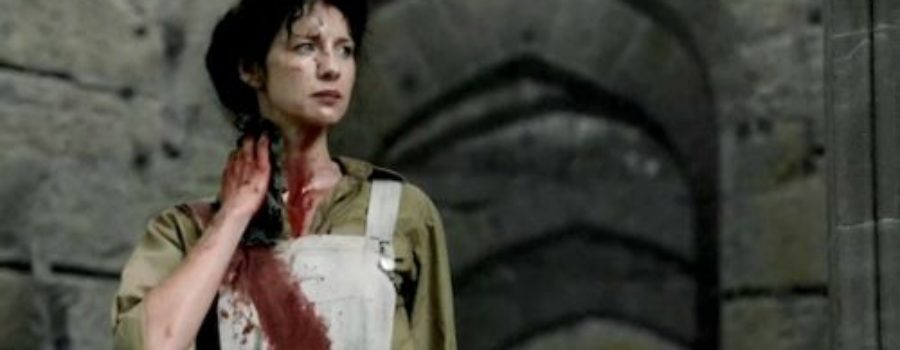




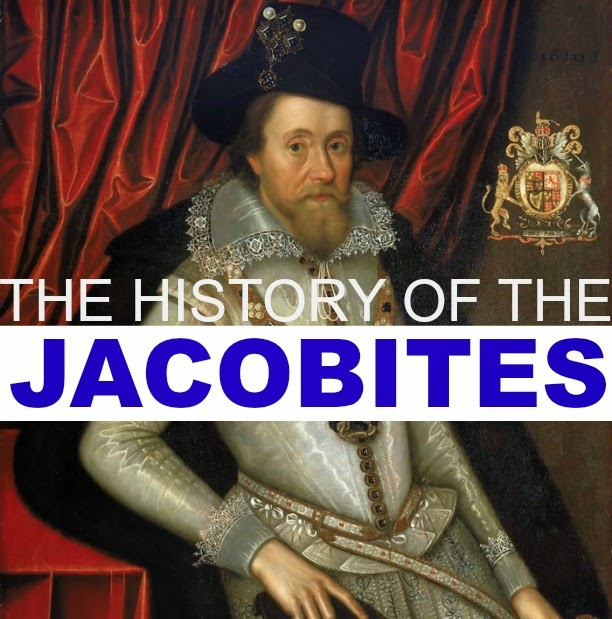

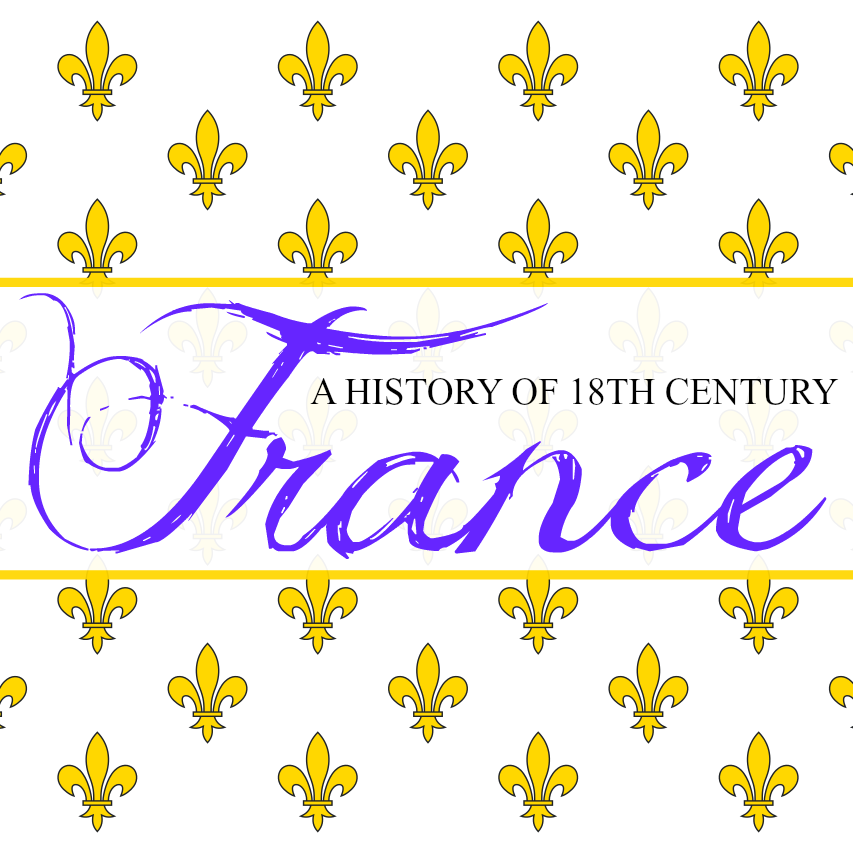

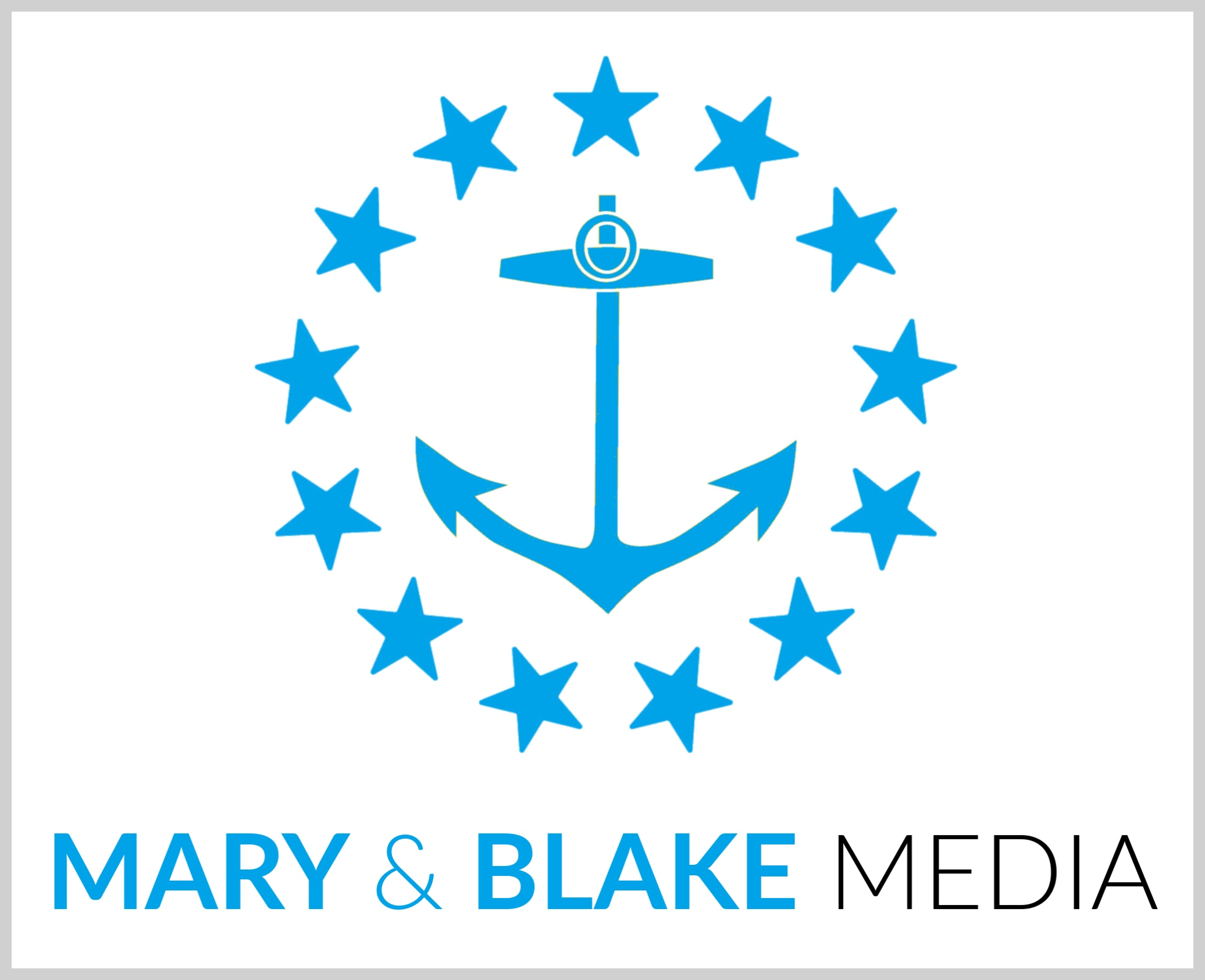

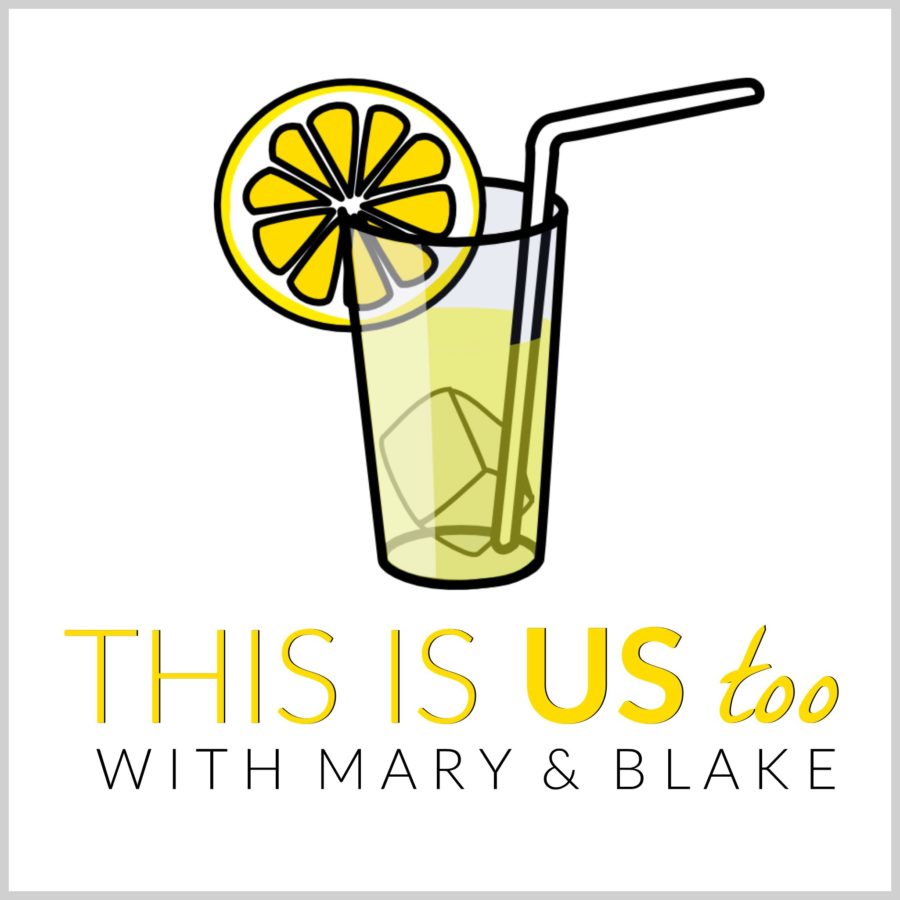

5 Comments
Leave your reply.